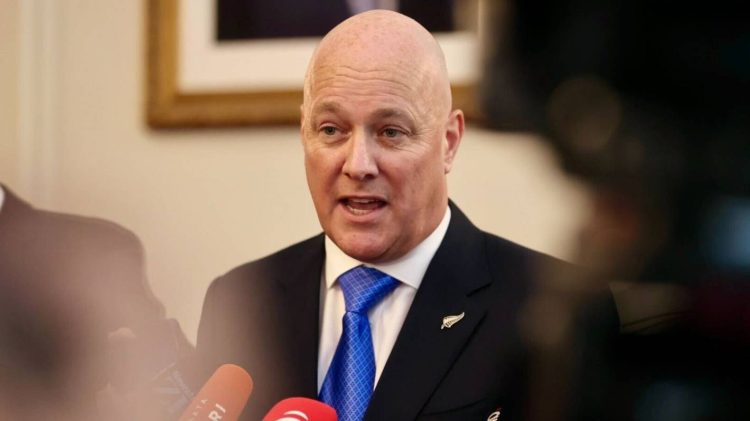Thủ tướng mới Christopher Luxon đã cam kết giảm số lượng nhân viên dịch vụ công và chuyển hướng nguồn lực nhà nước theo các mục tiêu của chính phủ. Ông đặt mục tiêu giải quyết chi phí sinh hoạt cao, khôi phục luật pháp và trật tự, và cắt giảm 6,5% chi phí dịch vụ công.
Mặc dù có tổng cộng 30 bộ trưởng và thứ trưởng, Luxon khẳng định chính phủ của ông không quá lớn. Ông chỉ ra rằng người tiền nhiệm của ông, Jacinda Ardern, có cùng số bộ trưởng vào năm 2017. Tuy nhiên, chính phủ của ông có thêm ba bộ trưởng bên ngoài Nội các so với chính quyền của John Key năm 2014.
Luxon và các bộ trưởng của ông đã chính thức tuyên thệ nhậm chức tại một buổi lễ ở Wellington, cam kết trung thành với Vua Charles. Toàn quyền, Dame Cindy Kiro, chính thức bổ nhiệm Luxon làm Thủ tướng. Nội các mới sẽ bắt đầu các cuộc họp trong tuần này, với việc Luxon có kế hoạch hoàn thiện kế hoạch của chính phủ trong 100 ngày đầu tiên tại vị.
Winston Peters, người sẽ giữ chức phó của Luxon trong 18 tháng tới trước khi bàn giao cho lãnh đạo Đảng ACT David Seymour, đã chỉ trích các phóng viên TVNZ và RNZ về báo chí thiên vị. Ông gọi Quỹ Báo chí Lợi ích Công cộng của chính phủ, được thành lập vào năm 2020 để hỗ trợ các phương tiện truyền thông trong thời kỳ suy thoái Covid-19, là một “hối lộ”.
Peters cũng hứa rằng chương trình nghị sự chính sách gây tranh cãi của ông, bao gồm việc thay đổi tên các cơ quan chính phủ từ te reo Māori sang tiếng Anh, sẽ cải thiện quan hệ chủng tộc. Tuy nhiên, cả Peters, Luxon và Seymour đều không thể cung cấp chi tiết về thời điểm thay đổi tên sẽ bắt đầu, chúng sẽ mất bao lâu hoặc chi phí bao nhiêu. Luxon tuyên bố rằng tất cả những người không phải người Māori đối mặt với các cơ quan chính phủ sẽ được đổi tên thành tiếng Anh.





























































